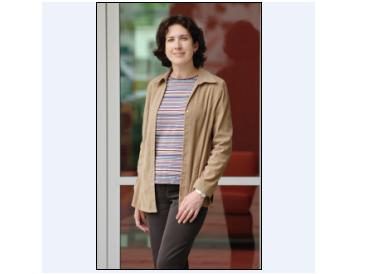The
process of writing grants
Jennifer
Byrne, Westmead Children's Hospital
This
year April changed in significance for many Australian biomedical
scientists. The National Health and Medical Research Council
(NHMRC) of Australia represents the major source of public
funding for biomedical research, and for many years, the project
grant deadline has fallen in early March.
This meant that Christmas holidays tended to be cut short,
with January and February passing in a haze of fevered
grant preparations. However, with major changes to
the granting process underway, the deadline for project grants
was extended this year until 5 May.
April 12th was therefore a dark day. I had delayed writing
my grant because I wanted to submit a manuscript upon which
the grant application would be partially built. With the manuscript
submitted, I only had a couple of weeks to prepare the research
proposal, which seemed far too short. I arrived at work at
7.30 am on April 12th (unusual!) for a
senior scientists meeting, and then spent the rest of the
day reworking elements of my research proposal.
Writing grants is a tough process - the work
has to be clinically relevant, scientifically sound, technically
feasible, and described so that it can be clearly understood
by the scientists who will ultimately judge its fate. It is
impossible to do all of this if you don't believe, heart and
soul, in the experiments that you are proposing.
Applicants must also describe their previous work in detail
and provide lists of publications, grants funded, and other
scientific achievements. When the application is finally ready,
it is as if your scientific life and
aspirations are laid out for
all to see, which makes any subsequent rejection
a painful experience. Rejection is as frequent as it can be
painful. In most years, ~80% of applicants see their work
go unfunded by the NHMRC, and no-one yet knows how many grants
will be funded this year.
However, some good news arrived just
before the 5 May deadline. My manuscript was provisionally
accepted for publication on 4 May, which
meant that I could list this as a publication within my application,
just as I had hoped. We'll see later in the year whether this
small success may have helped my chances of being funded.
Short bio:
Dr Jennifer Byrne is Head of the Molecular Oncology Laboratory
in the Oncology Research Unit of the Children's Hospital at
Westmead, NSW. Her research interests focus upon the functional
characterisation of novel genes expressed in cancer. Dr Byrne
is a Cancer Institute NSW Fellow, and a Conjoint Senior Lecturer
and Deputy Postgraduate Co-ordinator in the Discipline of
Paediatrics and Child Health at the University of Sydney.
She is also Sydney's convenor for Wisenet, the Women in Science
Enquiry Network, which aims to increase women's participation
in the
sciences. She is married with two school-aged children.

Photo by Paul De Sensi of the Children's Hospital at Westmead.
|
|